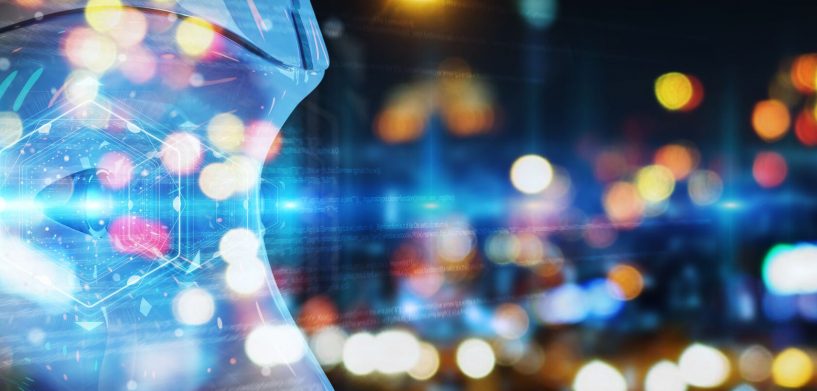Machine Learning and data science are hot. Every day you will find hundreds of news messages around these buzzwords. It’s true not only for general IT, but also for the geospatial domain. Everyone is talking about it, and everyone wants to say they apply it. A study by MMC revealed though that only 60% of organisations in Europe that say they use machine learning actually do. It’s not that all claims are deliberately false, because it’s not always clear to everyone what qualifies as machine learning and what doesn’t. If you come up with an algorithm that automates a certain data workflow, is that machine learning? It could be, but there are some additional requirements.
A basic, distinctive criterium is whether your algorithm looks for patterns rather than simply doing math. If you take it a step further and talk about deep learning, then your algorithm needs to be fed by examples, going into an artificial neural network to decide a certain outcome. And with every new example fed, the decision should be influenced, and, if possible, improved. In that sense, the algorithm learns from each new experience, much like our brain does.
When applying this to geospatial information, it’s clear to see that the idea of learning from past experience can be really valuable to everyday workflows. It’s the step we take from mere data automation to gaining and using insights, just like we do as human beings. A learning spatial model will become more accurate over time and will assist us further and further in automatically detecting and evaluating changes that occur. By doing so, they approach the moment where they could give a qualitive statement just as accurate as humans can, or even better (and at least faster).
The amount of new data being gathered is increasing so rapidly that is impossible for any human being to take it all in, let alone process and evaluate it and ultimately reach a validated conclusion. A recent study by IDC’s Digital University shows that less than 1% of the data being collected today is actually analysed. What do we collect the other 99% for then? It’s just lying on a shelf, waiting for analysis. But looking for the needle in the haystack is not easy if you don’t know if there is a needle at all and if there is, in what haystack it’s hidden.
It’s here that artificial intelligence proves its worth. Where the exponentially increasing flow of sensor data is becoming a problem for interpretation, machine learning could be the answer. This is great theory, but for many organisations to make the leap and invest in artificial intelligence, it needs to be backed by a solid business case. Over the past years, at IMAGEM we’ve been able to solidify these business cases on various projects. Let me share an example.
At our regional water boards, which are government bodies that control and safeguard water quality and quantity, one of the regular tasks is the inspection of waterways to ensure proper flow of water. This is important both in times of abundance, as well as in times of drought. The Dutch climate, and especially climate change over the past decades, present both situations to us.
This inspection is traditionally done visually by inspectors going out into the field to look at every stretch of waterway and evaluating if measures are necessary. This is a huge undertaking. At Water Board Drents Overijsselse Delta in the Netherlands, controlling around 2500 km of waterways, this takes a full week with 60 inspectors, totaling to 2400 man-hours. And with it, the Water Board needs to trust that every inspector judges every situation by the same standards. On top of this initial inspection, around 10% of locations needs a second inspection after notification of clearing tasks.
Last year, IMAGEM developed a machine learning algorithm to detect the state of waterways from space, using satellite imagery. This algorithm was first fed with visual inspections on the ground and then left to evaluate a larger area. This resulted in a 90% accurate judgement, with no areas being overlooked as failed, and only some areas being judged too strictly. When mixing the training and test area, those results went up to even more than 97%.
These results were so convincing to the Water Board that the decision was made to put it into practice this year and immediately going from pilot project to production this fall. The estimated savings on cost are more than 65%.
One could argue, of course, that this innovation threatens the jobs of humans. It is true that by using these techniques, less people are needed for inspection. However, besides climate change there’s another development looming at the horizon, and that is the aging of our population. We have less and less people that need to do the same amount of work or more. By utilising artificial intelligence and machine learning, we can ensure that the work is still being done, and the available work force can focus on other, more knowledge intensive jobs. In that sense, we’re making better use of the available manpower than before.
It is my strong belief that we should embrace machine and deep learning to get a better handle on our changing environment and help each other innovate faster. With Hexagon Geospatial at the forefront of putting these capabilities into their standard technology, they enable us, our partners, and our clients to take the power of artificial intelligence and secure the value that’s in there.

















